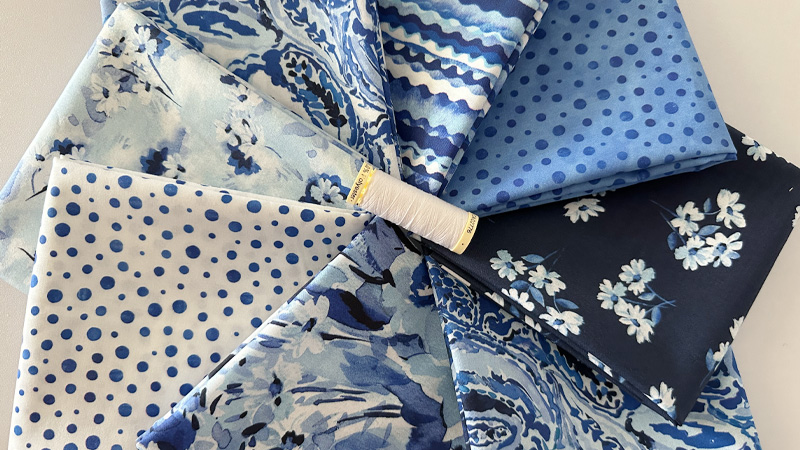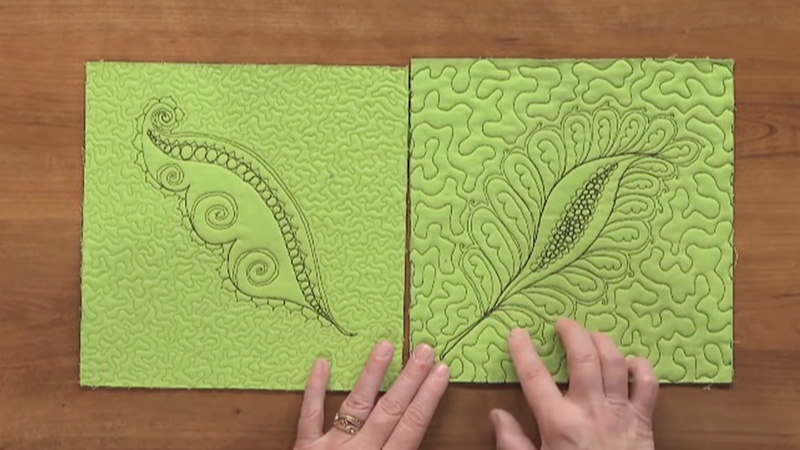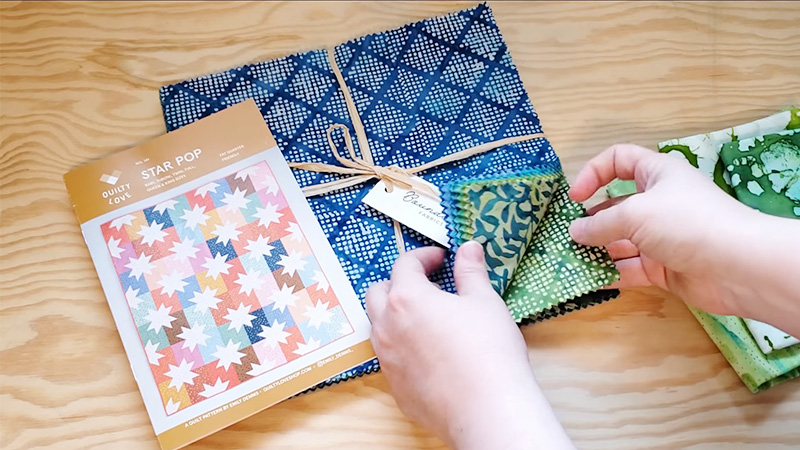The world of crafting is full of fun and creativity. If sewing is one thing you are an expert at, quilting is another sister you should learn and explore.
And, for anyone who is starting with quilting, two terms ‘fat quarter’ and ‘fat eights’ are two common terms you may hear often. So, what is a fat quarter of fabric?
In short, it’s a special fabric cut with limitless possibilities and opens up the door for endless creativity. How can a simple cut hold such possibilities? Hear us out!
Today, we will learn everything about the fat quarter of fabric and additionally, the fat eight.

What Is a Fat Quarter of Fabric?
Don’t get it wrong! The fat quarter of the fabric is also a quarter cut but it cuts differently than the regular quarter. It varies in shape from any standard quarter cut.
The ideal measure for a fat quarter is about 18 inches by 22 inches. You genuinely have a rectangular of fabric. You can easily get a fat quarter of a fabric.
Take a half yard of fabric, and cut it to 18 inches by its straight grain. Essentially, divide the fabric in half from its middle. However, you may still have variations in dimensions as not all quilting fabrics are 44 inches long.
However, keep in mind that, even if you cut the fabric in 18 inches * 22 inches, it is bound to shrink even a bit or wear out. And in the worst case, becomes distorted.
Hence, it is important to keep these things in mind when you are proceeding with the fat quarter.
So, What Is a Fat Eight?

Now that you know what is a fat quarter of fabric. The twin term Fat Eight also comes into play! What exactly is the fat eight of fabric? Let’s find out!
The fat eight is also a special fabric cut used in quilting and crafting. In short, it is the half of a fat quarter. Similar to a fat quarter, a fat eighth is a fraction of a yard measurement, but it is cut differently.
It is ideal for small-scale projects with more possibilities to form unique shapes.
It is important to note that, what makes a cut of fabric a fat eighth is its width. Unlike a regular eighth-yard cut, which is quite narrow, a fat eighth is wider.
You need to cut fabric by approximately 9 inches wide and 18 inches long to get a fat eight cut. It is generally rectangular and twice the size of a standard eighth-yard cut.
** Note: A standard one-eighth-yard cut of fabric is typically 4.5 inches wide (the width of the fabric bolt) and 18 inches long (one-eighth of a yard, i.e. 4.5 inches by 36 inches). It is generally the dimension of an eight-yard cut.
Common Use of Fat Quarters & Fat Eights

Do you have a piece of fabric? And you want to use it for crafting or sewing projects?
Fat quarters and fat eights are special cuts that make it easier to do different things with the fabric including the one you have in your hands.
Let’s break down what they’re good for
Use Case of Fat Quarter:
1) Fat quarters are like puzzle pieces. Quilters use them to create beautiful and colorful quilt blocks. Each fat quarter can become a unique part of a quilt.
2) People who like to sew often use fat quarters to make small things like bags, doll clothes, or patches on clothing. Since fat quarters are bigger than regular scraps, they’re great for such projects.
3) Crafty folks use fat quarters to make all sorts of crafts, from decorative pillows to fabric-covered notebooks. They’re like a canvas for creativity.
4) You can use fat quarters to make fancy table runners, placemats, or napkins for your dining table. They add a personal touch to your home.
Now, let’s learn how the use case varies for Fat Eight.
Use Case of the Fat Eights on Fabric:
1) Fat eights are like mini-quilt superheroes. Professionals use them to make small quilts or even quilted wall hangings. They’re perfect for tiny quilt blocks.
2) If you want to add cute shapes or designs to your projects, fat eights are handy. They’re great for making small appliqué pieces, like hearts or flowers, to sew onto clothes or bags.
3) People who enjoy crafting often use fat eights for decorating things like fabric banners or making ornaments. They’re just the right size for these fun projects.
4) If you’re helping kids with sewing or crafting, fat eights are excellent because they’re smaller and easier for little hands to work with. You can create small stuffed animals or simple sewing projects together.
Both fat quarters and fat eights are like smaller pieces of fabric, ideal for small projects and more innovation. Hence, whether you’re a quilter, a sewer, or just love being crafty, the two special cuts have got you covered.
What Is Easy to Learn Fat Quarter or Fat Eight?
It genuinely depends on what level of expertise you have with quilts. For beginners, the fat eights are generally easier to learn. This is because,
- Fat eighths are smaller in size.
- You have less fabric to manage and cut.
- Beneficial for beginners as cutting options are limited.
- Ideal for beginner-friendly projects such as mini quilts, small appliqué pieces, and simple craft projects.
Hence, if you are a beginner and you want to develop your skills eventually, the fat eight can be an ideal technique to start with.
Furthermore, it’s also up to you which method are you more flexible with. It mostly depends on your choice of versatility and flexibility. And when it comes to versatility, the fat quarter is the king.
Last Words
Do you like our article? Start with the basics first and then get into the details. We will come back with more useful tips on different techniques of sewing. Stay tuned with us.
Also, don’t forget to share our article with your friends who are struggling between the two techniques. We will be here for them! Happy sewing!
Leave a Reply